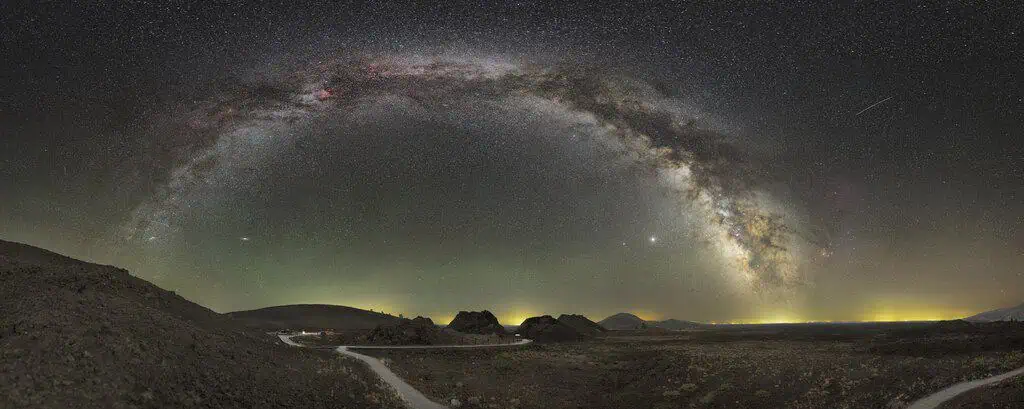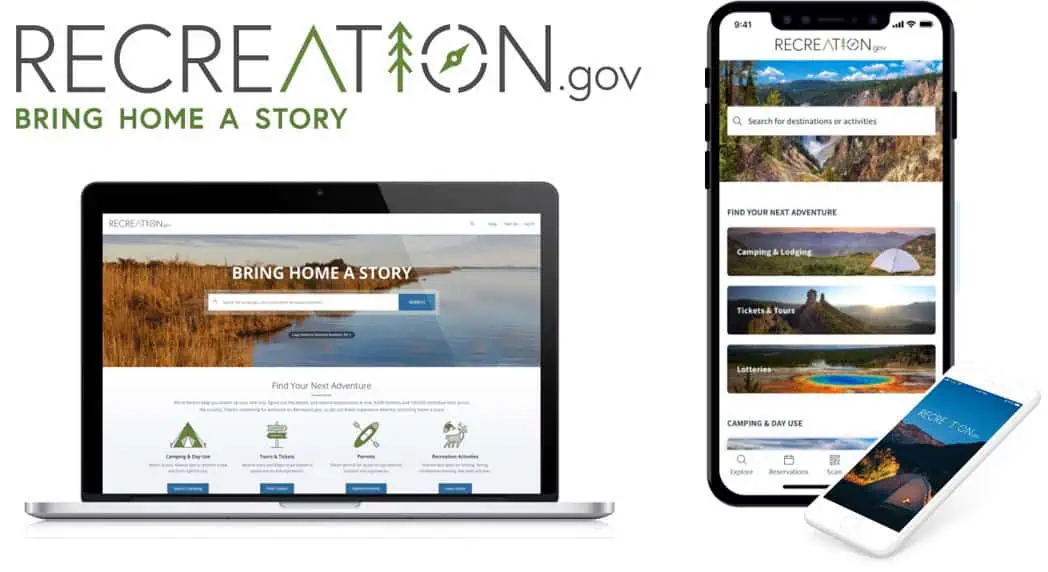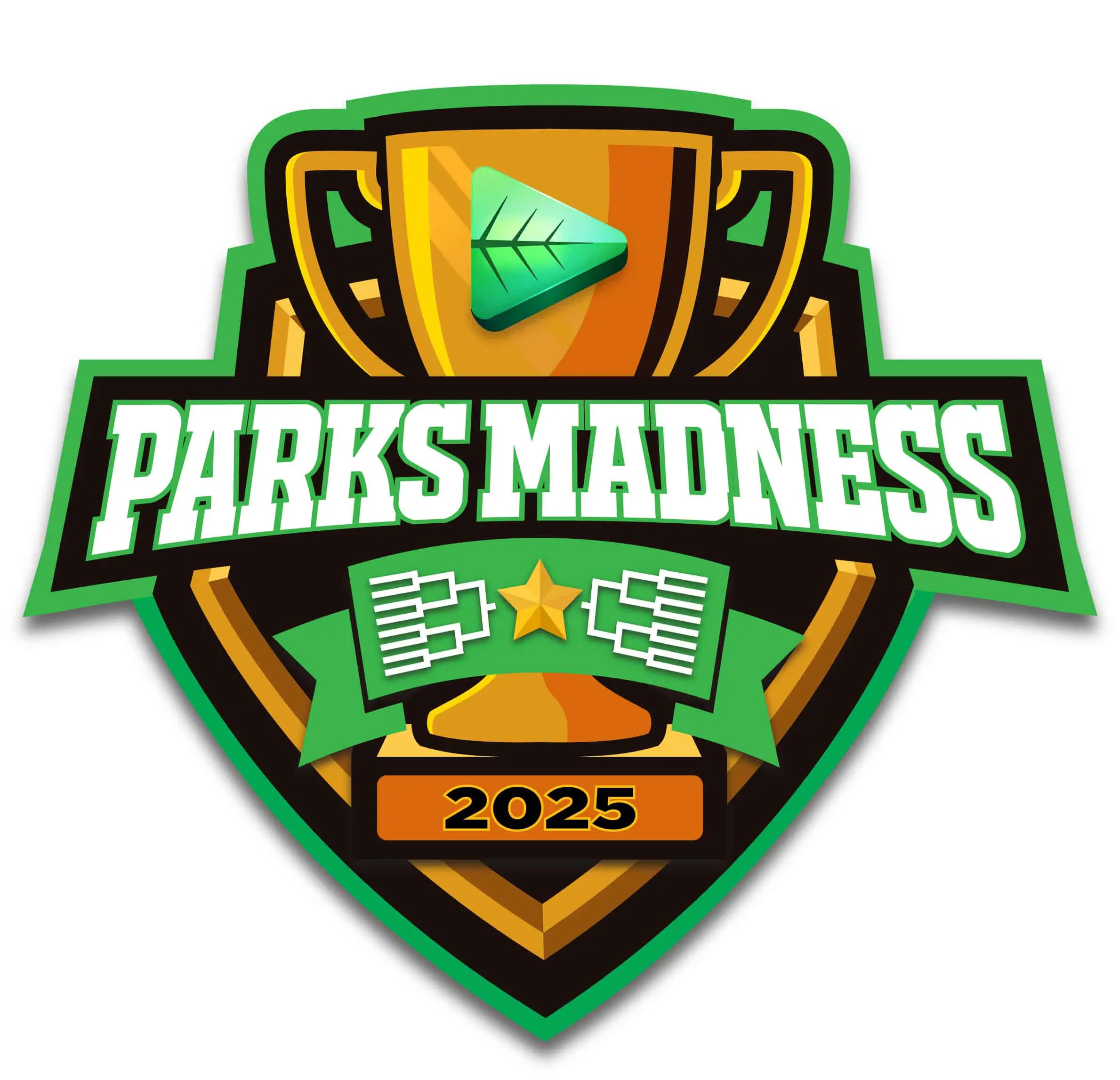It's your gateway to adventure on America's public lands, offering easy reservations, permits and planning. But how best to use Recreation.gov? Janelle Smith of the U.S. Forest Service gives us the inside skinny on what it is, how it works and how you can get the most out of this essential platform.
Janelle, thanks so much for meeting with us. To start, could you please introduce yourself, your title and who you work for?
My name is Janelle Smith, and I work for the U.S. Forest Service. My role with the Recreation.gov program is Strategic Communications Lead and I’ve been with this program for about 11 years.
A lot of people who travel on our public lands have encountered Recreation.gov, but for those who haven’t tried it, or don’t know what it is, could you just tee it up for us? Why is it so useful for planning trips?
It is the Federal Government’s reservation and trip planning platform. It’s the go-to place for travel information on the public lands owned by the Federal Government. This includes your national parks—which we are all so familiar with—also national forests, national wildlife refuges, Bureau of Land Management recreation areas and marine sanctuaries. We have lots of great information about all of those locations.
Basically, all of the different recreation opportunities that are offered by the Federal Government are hosted on Recreation.gov. In addition to the reservation system for some of these places, all of that information is served up in a variety of map interfaces that really help you understand that entire ecosystem and help you discover places that maybe you didn’t even know about.
National parks get a lot of attention, understandably so, but you name-checked a few of the others like Bureau of Land Management lands and National Forests. Could you give us a sense of the opportunities beyond national parks that people might not be aware of?
The site was started 25+ years ago, really as a front country camping reservation service for the Forest Service and Army Corps of Engineers. In fact camping is really the main backbone of the system—it’s the most reservations we get—because camping is really big across all those landscapes.
Over the years, we’ve been able to bring on lots of different permit opportunities. Permits are an important tool for local managers for those things that are in most high demand yet require a lot of management. For example, only so many people can go into one of the whitewater rafting corridors safely during a given time period. Some managers choose to use permits as a way to manage that type of visitation.
We offer permits and reservations for tours to places like the Washington Monument, lots of different historical battlefields, cave tours, a whole variety of things. You can actually schedule a tour of a lighthouse. It’s really up to your imagination what you’d like to explore, and more than likely, you can probably find those opportunities on Recreation.gov.
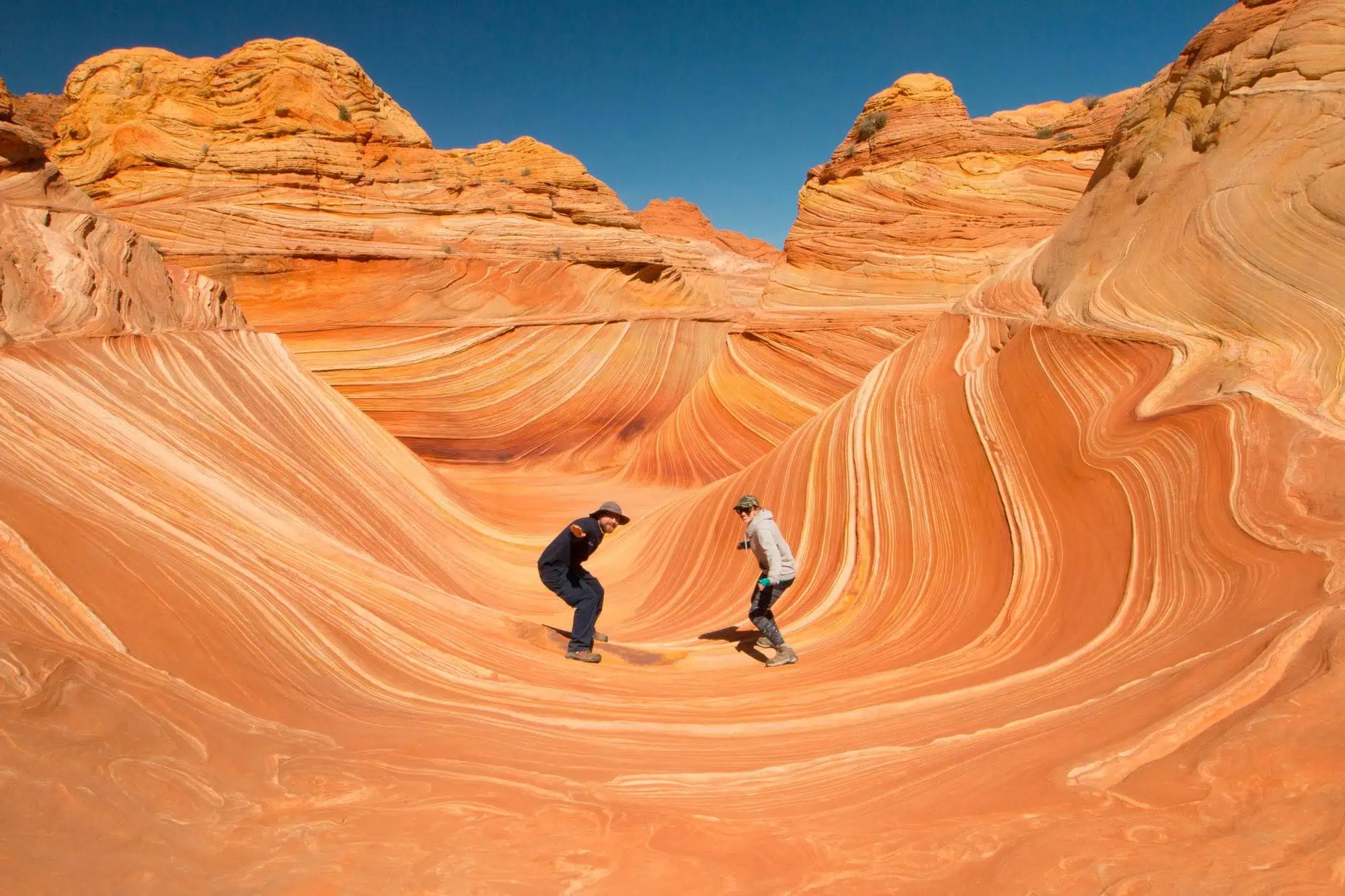
Many people think of the national parks and other public lands as being free and open to everyone. But, as you mentioned, increasingly there are permits required for a lot of things you want to do. Could you explain why that is? You mentioned some of it is a management tool, but also it’s just the sheer numbers of people heading out there, isn’t it?
Absolutely. You know, 2020 was a really pivotal time for all of us, obviously, during the height of Covid. One of the national parks wanted to reopen safely, so we created a new service called Timed Entry. Rocky Mountain National Park was able to reopen safely by offering people reservations during a certain time period of the day so that they could meter the amount of traffic coming in and out of the park at a given time.
That has become a really key management tool to some of the most popular parks, forests and other locations that really need to manage the amount of visitors who come in and out. People have told us their experience actually has improved, there’s not as much traffic congestion and they can find parking. One of the parks had to close the gates with miles of lines prior to offering timed entry. It is just a much better experience than it was before.
That kind of management tool that the local managers choose to use is offered through Recreation.gov. Our teams really work with them to understand what their challenges are and then create services as a result. Actually, it’s not just the local managers, but also the visitors. They let us know what they need, what’s frustrating, and what kind of tools would be really helpful to them.
In fact, there’s one tool that we’re really excited about called “availability alerts.” It’s been a huge game changer. It allows visitors to set an alert in their profile in their account for a location that’s already booked up, for example a campground. They can say, I want to travel during these dates, and I need a tent site for 10 people. They get an alert when a cancellation occurs, so they get the opportunity to go and make that reservation after the fact. 250,000 of those alerts have been sent since we kicked this off last August. These tools are really there to help people connect with these places and to help those local managers manage that visitation.
There’s a perception among some that with permits and lotteries, everything gets snatched up immediately, and then you’re out of luck. And yet, as I understand it, it’s not that simple, is it? There are still openings, things change, or people decide not to use their reservation. So how does the system deal with that? What advice can you give people if they tried to get into somewhere and failed initially?
The availability alerts for tickets are a good example. You mentioned lotteries. Lotteries are a last-resort tool. Those are to the most high-demand locations that we have. For example, let’s say there’s a whitewater rafting permit that is on the lottery system, and there are 200 permits available for that experience. There could be anywhere from 5,000 to 10,000 people who put in for that lottery. Timing with lotteries isn’t as crucial because there’s a lottery period, and it doesn’t matter when you apply. During that open lottery period, everybody gets put in and has the equal opportunity to be awarded that permit once that lottery closes. That’s different than first-come, first-served, or just applying for a permit that isn’t in that lottery pool.
But the lotteries are designed for those most high-demand locations that need to manage that resource, that experience. It’s a really good tool for those local managers to be able to use to create the most fair access to that location as possible. Sometimes there are secondary releases. Let’s say the permits were all awarded, but many people’s plans change. Life happens, and they don’t claim those permits. So there’s a secondary release, and people can monitor that and reapply for that permit they didn’t get the first time.
Some people have mentioned to us they don’t understand why permits aren’t transferable to somebody else. Can you speak to that?
That’s a requirement set by those local managers. For safety reasons, they really need to be able to identify who is going, who is claiming that permit. It’s also to avoid people gaming the system and reselling those permits secondarily, maybe even upselling them quite a bit. It’s about fairness and safety.
We’ve heard that typically the day after Christmas is when people start to think about their trips for the following year. I’m sure there are times of the year that Recreation.gov is swamped. How do you advise people in terms of their planning, and are there secrets to using Recreation.gov that we can pass on?
That January timeframe, like you said, right after Christmas is an important one because many of the campgrounds and other opportunities have what’s called a 6-month booking window, meaning that those reservations become available six months prior to that arrival date. Six months from January is early June, so that makes sense.

What our customers and our visitors have been telling us is that we don’t always plan that far ahead. I’m one of them. I don’t know what I’m going to do in June or July when I’m snow skiing in January. So the local managers have the opportunity to offer shorter booking windows in addition to 6 months. You can have 14 days, four days, two days, even the day of, which is basically first-come, first-served. They’re catering to that spontaneity. But people can also book a reservation in advance and have that peace of mind that a place is going to be reserved for them when they arrive after driving three hours.
Is there any advantage to starting to plan earlier, for example in the fall for trips the following year?
The only time they could plan that far in advance—because now you’re talking 8-10 months—is if they have a booking window that allows them to book that far in advance. Some of the cabins and group sites do have a 12-month booking window, so it is possible. If you’re taking out a scout group or a big family reunion, that kind of planning is absolutely necessary, we get that. But you probably wouldn’t be able to book just a normal campsite that far in advance. There are plenty of folks who are advanced planners and who want to map out their summer well in advance. I think having that option to plan out six months in advance is really helpful to lock in.
What we are finding, though, is there’s this sense of scarcity, because there’s a lot of competition. The increase in reservations has exploded, and we’re seeing that across the industry, not just on Recreation.gov. We’re seeing this as we look at private campsite reports like KOA Campground, The Dyrt. Everybody’s reporting a huge surge since 2020. It is starting to plateau, but it’s still not less than it was, and because of that demand, I think there’s this sense of scarcity.
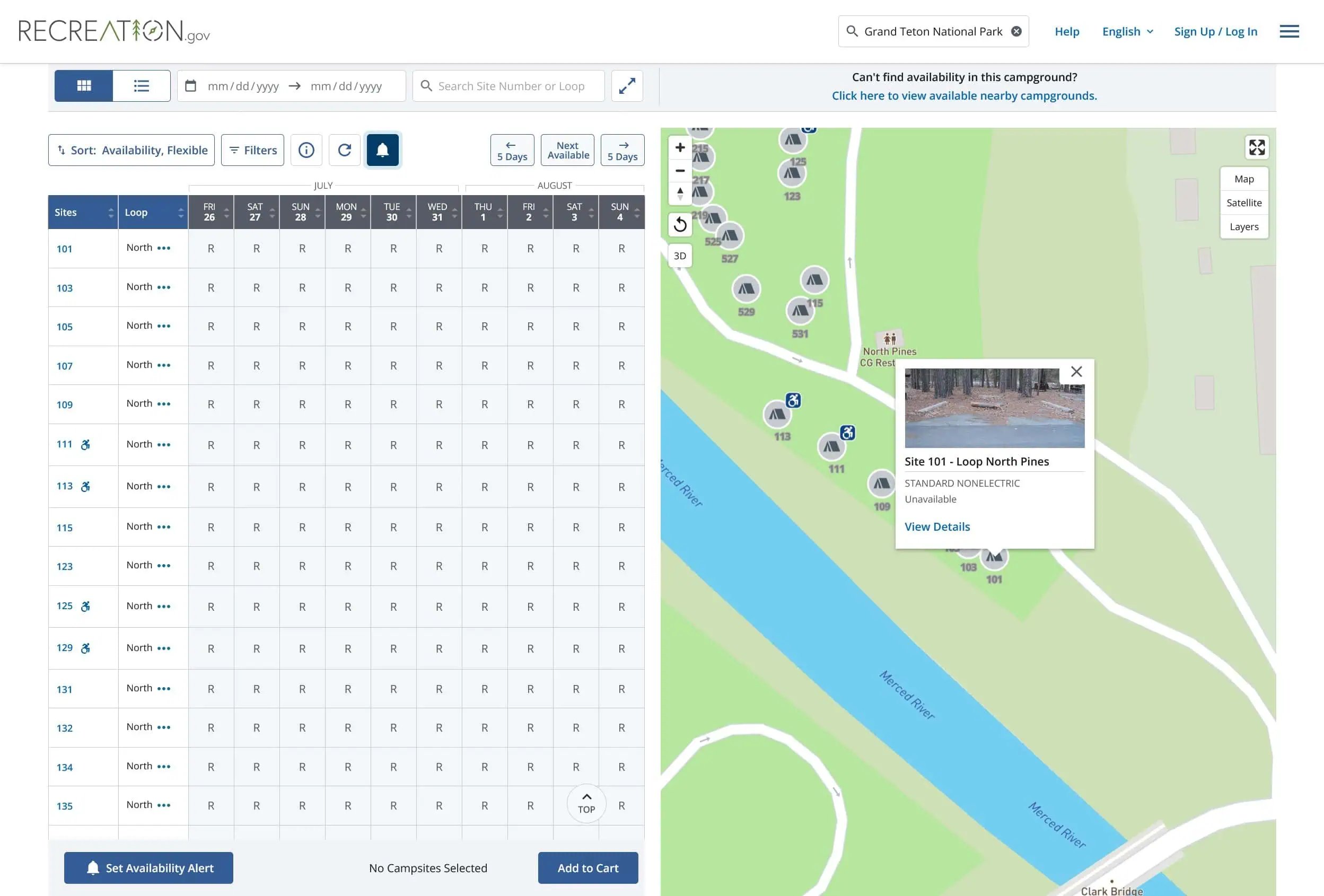
People are starting to reserve more than they intend to use, and in some cases, don’t cancel when their plans change and they’re not able to make that trip. We’re really encouraging people to go ahead and make the reservations, but to please cancel, to allow others that opportunity. We hear quite a bit from really frustrated visitors, from really frustrated managers, who say this is a fully booked campground, and I have 20% or 30% of these sites that are going unused.
It’s got to be maddening. Are you able to measure that? Do you get a sense that there’s a certain percentage of people who just don’t cancel when they should?
It’s anecdotal because so many locations aren’t staffed like that—it’s not like a hotel where they’re checking people in and out. They could be unstaffed locations that make reservations available, and a Recreation planner might go through and post a sign on the sites. But they’re not physically there on site 24/7 to manage that. So we don’t have comprehensive data. It’s what we’re hearing from visitors and local managers through feedback tools that we have.
We’ve seen a lot of messaging about rules for being inside our public lands, leave no trace and that sort of thing. It seems like this is another important message, just to be courteous to others who want to get out there.
Absolutely, be that courteous camper. Courteous Curt is our figurehead. We really try to encourage people to be courteous, and to respect each other, respect quiet hours, be aware of the people around you, and be as courteous as you can. Be kind.
I’m assuming most people are going to the Recreation.gov website in their planning phase, but you also have a mobile app. Are there additional features that folks should know about that can be used when you’re on the go, once you’re out there? How does the mobile app differ from the website?
The mobile app is your on-the-go tool. It has all the same inventory—you’re not going to access any additional sites or reservations, but it does have some tools that are really important when you’re on site.
We talked about being able to reserve, but there are still first-come, first-served sites out there. More and more managers are choosing to go cashless. They used to use “iron rangers”—or unattended fee collection boxes—where you fill out an envelope, put your money in and you claim that first-come, first-served campsite.
What they’re doing now is posting these signs for what’s called scan-and-pay. You’ll see a QR code, and even if you’re offline, you can scan that QR code with your Recreation.gov mobile app—if it’s already downloaded— and it allows you to claim that site and submit payment. Then when you’re back in a coverage area, that payment will then process and you will have a confirmation on your phone that you can show if a ranger does come by.
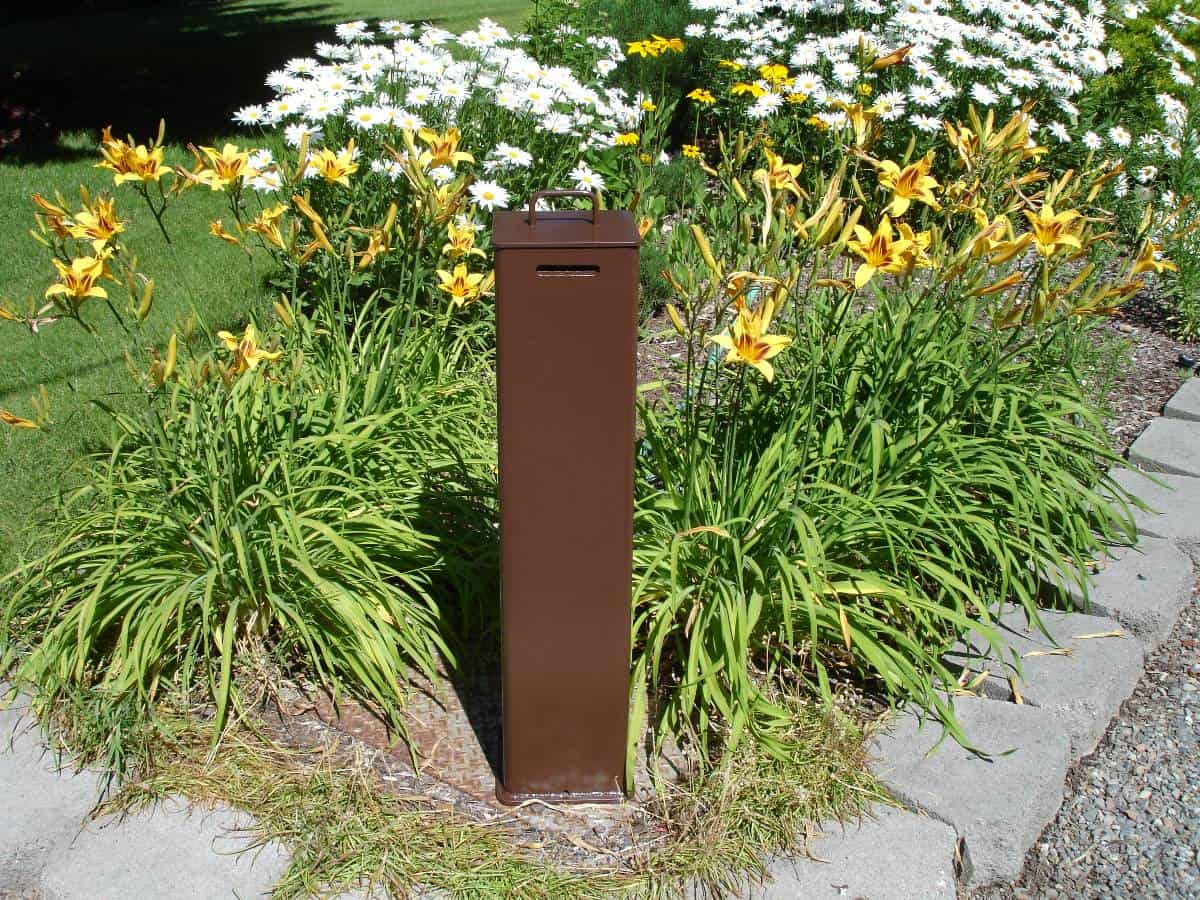
There’s a lot of risk involved with having people submit cash through an iron ranger. They’re vandalized, we’ve seen people shoot them up, try to dig them out and take them. Also, the rangers have to go retrieve all that cash and take it back to the office. It’s pretty laborious and risky, so this cashless scan-and-pay option is a real game changer for those local managers and for visitors who don’t carry cash anymore. Some managers have chosen to continue to offer cash options, so we’re trying to do both.
I noticed recently the trip builder feature that you’ve added, which seems to have a bit more functionality than just going in directly and registering for a direct permit. Can you talk about that and how people should use it?
I use it for our trips. For example, we’re driving from Boise, where I live, up to Missoula, Montana. What I love about it is that it allows you to put your starting location and your destination, and it will populate a map where you can see both of those locations pinned. Then you can set a buffer—say we’re willing to drive 20 miles off of our chosen route for a trailhead, or a campsite, or maybe there’s a permitted tour opportunity along the way. It allows me to discover what is along that route that we can do and participate in, as we make our way through the mountains of Idaho and into Montana.
It’s really exciting, because, otherwise I wouldn’t have known about all of these opportunities. I know Yellowstone is not too far away, but did I know that there was this national wildlife refuge that offers tours guided by a ranger through this beautiful location? It’s really fun and exciting to see what’s out there and what’s possible along this given route. I really love it. It’s been great for us to use.
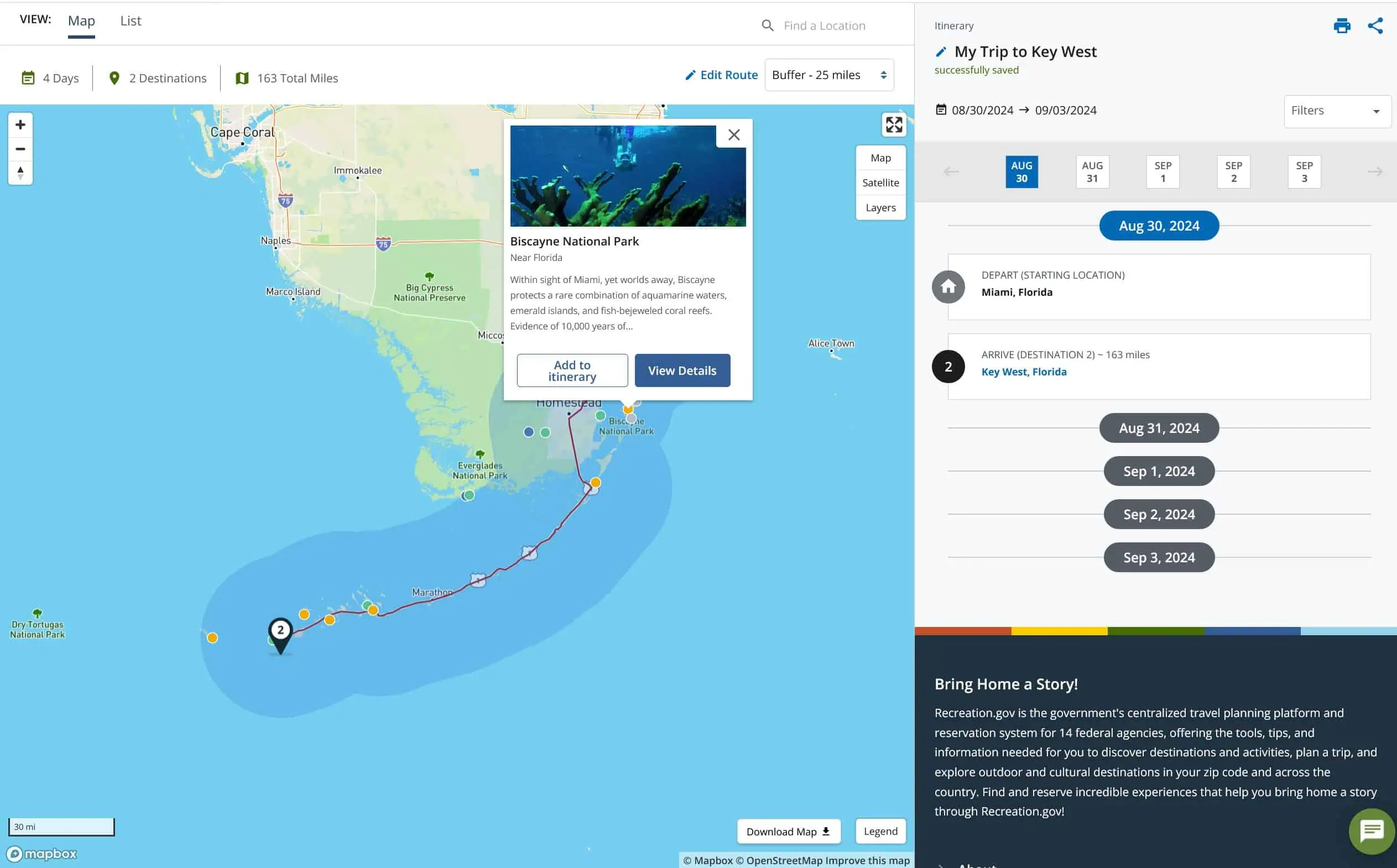
Is there anything else you want to mention about the functionality of the mobile app and the website?
With the mobile app, you can manage those reservations on the go. When you’re on your trip, maybe you’ve been delayed in one area, you have access to all of your reservations right there in the mobile app. It’s easy to go in and cancel a reservation or modify it if you need to.
The other thing I want to bring up that’s a huge service, both for visitors and for the local managers, is the call center. Our call center is open 14 hours a day, seven days a week. Those call center agents are wonderful at helping people who might be having trouble with making a reservation or need to manage something or get information. We want to make sure that people realize those agents are available, via phone call, chat or email.
With the website, I think what might be overlooked are the many different opportunities that we highlight that aren’t the iconic locations that everybody knows about. What we’re really hoping to do is help people discover those. Maybe in your zip code or along your travel route are destinations and opportunities you didn’t even know about, that aren’t as crowded, but offer amazing opportunities and experiences. We’re really hoping to try to disperse people a little bit more—not to say don’t go to those amazing, iconic destinations, but perhaps pick an off-season time to go if you don’t enjoy crowds or are frustrated that you’re having a hard time getting a reservation.
We’re coming back full circle to the idea there are amazing destinations throughout the country to discover. Do you have any lesser-known personal favorites that everybody should go out and see at some point?
Craters of the Moon National Monument. It’s here in Idaho. Back when we were really prepping to go to the moon, they trained the astronauts on this landscape because it was similar to a moon landing. It is such a magical, unique place, kind of out of the way, but unlike anything you’d ever experience. And it’s never crowded unless there’s a big event going on there. I encourage people to seek out something that could be just down the road or along your travel route that you’ve never heard of before. I think people will be really surprised.
